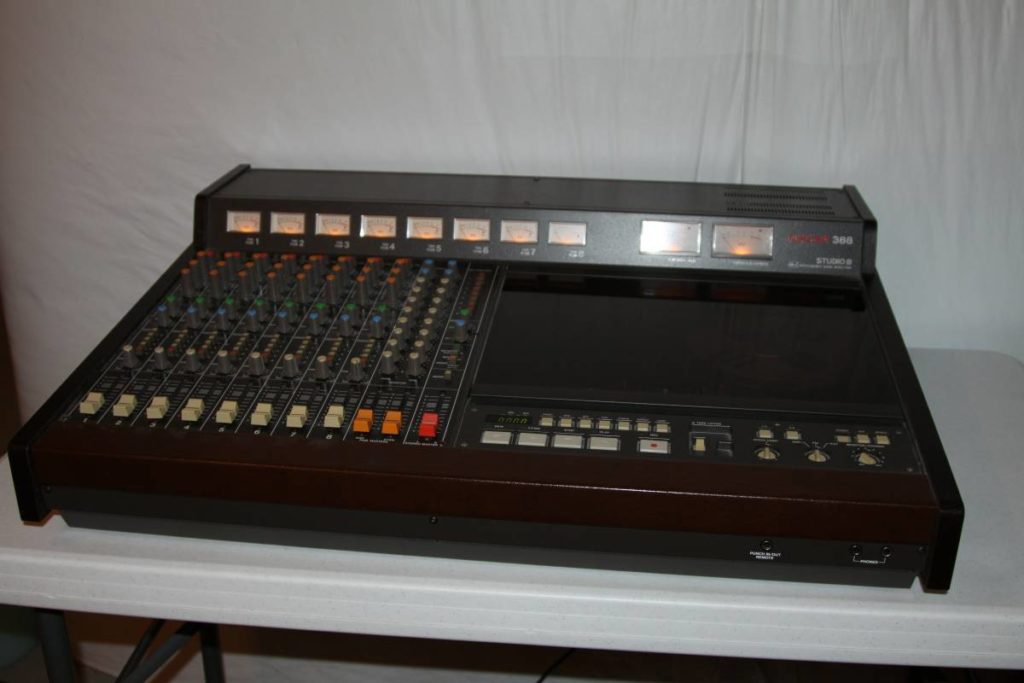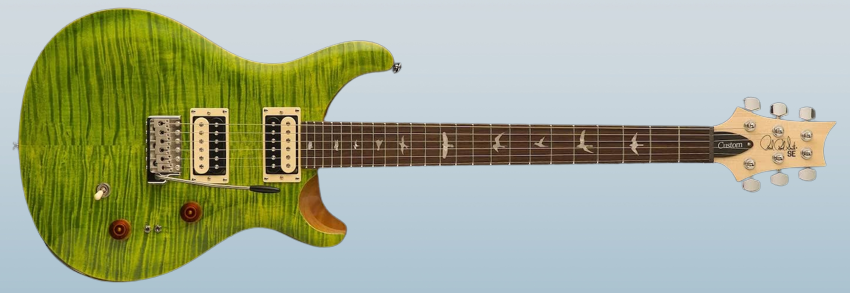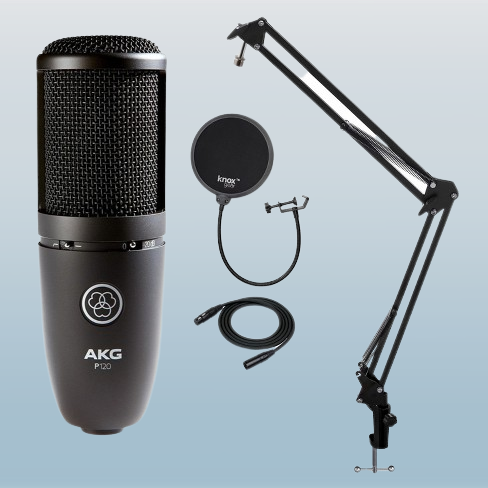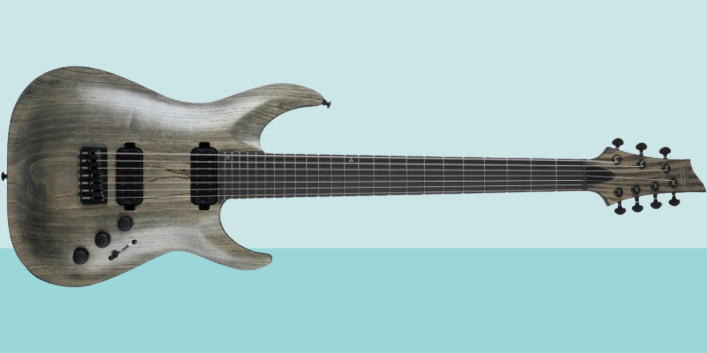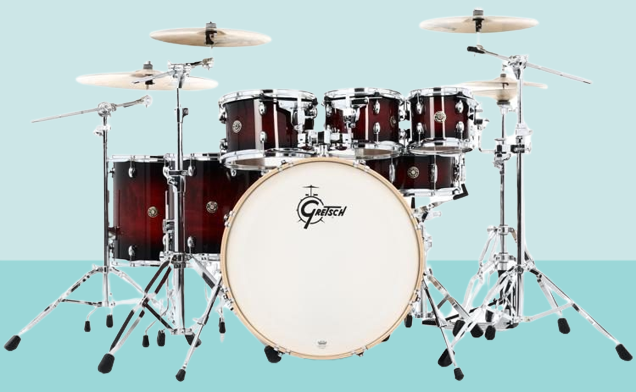It was a lifetime ago when vinyl records ruled. Amazingly, the sales it’s getting lately is $416 million. Now, that’s amazing since everything is digitally recorded. It’s like 1988 all over again when music was coming out from analog recording studios and when recorded audio is exactly the same quality sound we hear in a live show.
What’s Special with Analog Recording?
Sonic quality, full dynamics, realistic high end and frequency range were common terms among the recording industry’s best of the best. Some of them are still recognizable by this generation’s elites, but they hold a different and grander meaning to people who did analog recording.
Audio engineers’ and mixing engineers’ jobs were 360 degree different back then. There wasn’t any mass produced algorithm, no software to make a song sound better, no Pro Tools. Being a recording artist and an audio engineer is having one’s character imprinted in the final recorded product.
Much respect for the art and skill is a must in an analog recording studio. Picture the case of a singer who needs to overdub a solo and fill in parts of a song. That’s easy in today’s digital technology. One, two, three, done. Pronto. But before, physically rewinding a tape demands patience. You have to get it exactly where the overdubbing should happen. You record, you listen. If no one likes what was heard, you rewind the tape once again, the singer sings and perhaps this cycle gets repeated one more time until everyone is happy. That’s artistry and character on tape. This refined simplicity is the secret of great music. Analog recording easily works out the vocals the way they should sound in a live performance.
Experts need to plan analog sessions to a tee because one cannot “keep adding tracks forever.” Perfect this planning, and you have logistical calculations that would work each and everytime enough to make Elon Musk and his Mars team in SpaceX blush.
You hear what artists gave you, not what technology allowed the artist to give you. Case in point, the moment you hear Daft Punk’s ‘Random Access Memories’, regardless of how the music comes across, the recording is just amazing, outstanding. This is what analog recording gives you – irreplaceable art.
Simplified Version of What Happens During An Analog Recording
Mylar-backed ferrous tapelike material spins onto stainless steel capstans which are the spinning posts, while VU meters go crazy. The tape is held tightly against this capstan by a pinch roller and dragged across three mangnetized heads where audio sticks to the tape. This is more or less the process inside an analog recording machine.
Anyone from this new generation finds this process very exotic similar to seeing a fossilized dinosaur. Just like that other magnificent apparition, seeing an analog recording in action is bound to stay with any lucky observer for a long, long time.
Hardware Set-up
The diva of electronic motherboard – the multitrack deck. This Studer A800 or Otari MTR-90 is more than a handful of moving parts. If you’re an expert, the 24-track deck will require somewhere between 30 to 45 minutes of your time to fully calibrate.
Playback level calibration
First, you have to demagnetize the head assembly with denatured alcohol. After that, with the use of a $500 laboratory calibration tape, and with eyes on the VU meters, you calibrate the deck’s repro and sync playback with a series of frequency or specific tones. You need to keep a tweaker screwdriver handy for this.
Overbias or recording calibration
Still watching the VU meters for a peak, play a 10-kHz tone from the mix console or standalone oscillator. Use the tweaker to adjust slightly the bias levels. Then, reverse direction. Increase the bias past the peak until the frequencly level of the tape drops to the dB needed for that specific tape. (Classic Ampex 456tape has different specifications from BASF and AGFA.)
Next, calibrate a record level for 1kHZ, EQ the record level at 10 kHz, then set the low-end repro level for the sync and repro heads.
Then, the fun begins.
Is Analog Recording Worth It?
Work effort
Jack White of the duo The White Stripes, when being honored by the Recording Academy’s Producers & Engineers Wing, said artists record “under duress” when they do analog. It’s because they stay within the reasonable limitations of the recording tape. Working this way demands quick and critical artisitic decisions before anyone in the recording studio moves forward. Numerous creative decisions, now deferred, weren’t as precious as they once were. It’s because artists nowadays are allowed tons of scores of digital tracks in Pro Tools, from which mix engineers dig for a buried song.
Larry Crane, said it all, “If you can’t get a song down in 24 tracks, maybe it wasn’t a very good song in the first place.”
To experts’ ears, the result of an analog recording is an exciting track. To many, they get music and sound like no other.
Safekeeping
When it comes to safekeeping, it’s true, degradation in analog media is more pronounced. However, analog recording would still give you a recognizable sound. On the other hand, when digital systems fail, they fail completely leaving nothing.
Maintenance Costs
Talking of numbers, though the cost of the actual tape for an analog recording is high and the analog recording machine maintenance is a hundred dollars a year, analog recording is still cost efficient.
Digital recording costs more expensive for a different reason. Every two years, a studio upgrades its digital recording software. An application gets added and almost as sure as it will rain because the sun is shining, nothing goes on for days til engineers figure the new system out. Digital maintenance costs’ within two years is the same as maintaing an analog recording machine that gives you decades.
Analog recording is too sophisticated, too personal. Know-how in this great art is not easy to acquire. No one teaches you because no one can. Like teaching a person the notes of a song, no one can teach anyone to give it soul. No skill and talent in today’s digital world could ever boast of anything remotely close. We know a talent will always be a talent, but times, then, were very different.
The magic, luckily, still continues.




